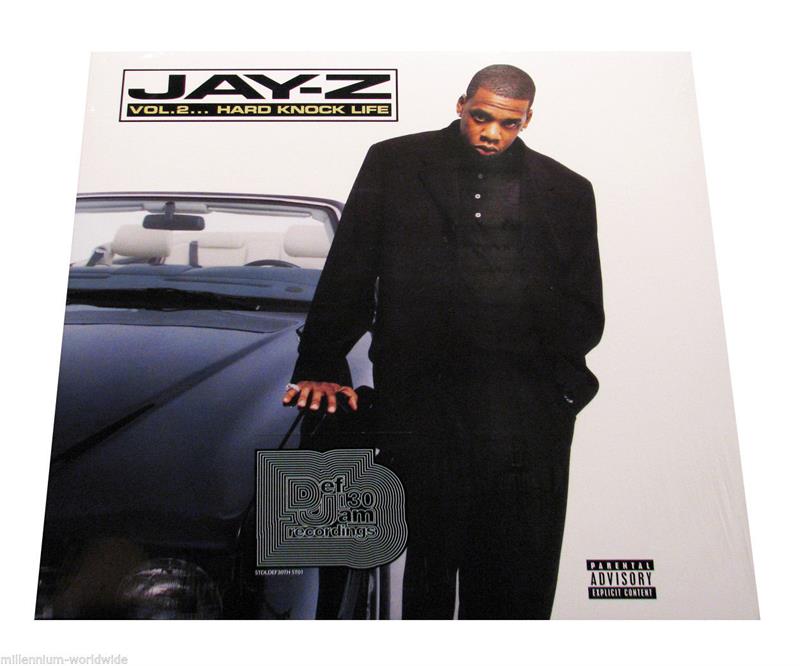

He was often compared with Ernest Hemingway, who was also fond of the wilderness, wrote brisk sentences full of violence, and wore a white beard and weathered face but Chicago can’t claim two Hemingways, and I suspect Paulsen would have found Papa Hemingway kind of soft. Sometimes literally, certainly spiritually, he rarely left. This guy escaped into the Minnesota woods along the Canadian border and flourished. Paulsen grew up in Chicago, then crafted meaning out of hopelessness.

You just want to stay in and read stories about people who made calm out of chaos, and here you go. A lake so slate and overcast you don’t know where the sky begins. January in Chicago, February in Chicago, mud season, ice season, the doldrums of another pandemic winter, the settling depression of a fresh chance at normality already slipping away. Either way, your children will know him, and their children will know him. His books sold more than 35 million copies, and if you came of age in the past four decades and had a thing for survival stories, chances are good you read him. You go, girl.It’s a shame that you don’t know Gary Paulsen, that his name was never as recognizable as a Beverly Cleary (“Ramona the Pest”) or an Eric Carle (“The Very Hungry Caterpillar”), all of whom wrote books for children and all of whom died last year.Īt least, I’m assuming you’ve never heard of Gary Paulsen. It’s like orphan Annie graduating from the school of hard knocks, moving to LA and swapping Sandy the dog for a personal trainer. Perry celebrates going “from zero to my own hero”, a dazzling act of personal validation.

Co-written with her friend, singer-songwriter Bonnie McKee, “Roar” gives a Californian spin to Annie’s tale of hard-won social mobility. The context is Perry’s divorce from comedian Russell Brand. Survivor’s Rocky theme tune “Eye of the Tiger” is quoted in the lyrics. Helen Reddy’s feminist anthem “I Am Woman” (1972) is alluded to in the title (“I am woman, hear me roar”). In “Roar”, “It’s the Hard Knock Life” leads a medley of empowerment references. Katy Perry pops up in the new Annie, tweeting about her love for the heroine. “It means our life sucks!” spits a colleague. Yet “It’s the Hard Knock Life” has all the bustling energy of old, neatly prefaced by one of the foster girls (orphanages are so 1930s) asking what a “hard knock life” means. Co-produced by the rapper, it updates the story to present-day New York and gives the soundtrack a hip-hop makeover. His association with Annie continues with the recent film remake. In fact the rapper came across the hip-hop version, by producer Mark “the 45 King” James, at a rap show and bought it for a rumoured $10,000. The letter was, he later admitted, an “exaggeration”. Jay-Z gained permission to use the “Hard Knock Life” sample by writing a letter to the musical’s composer Charles Strouse and lyricist Martin Charnin expounding on his childhood love of the show, having won a ticket to see it on Broadway as a prize in an essay-writing competition at his hard-knock Bedford-Stuyvesant school. Jay-Z’s ‘Hard Knock Life’ and ‘Roar’ by Katy Perry both take inspiration from the 1977 Broadway number It was a worldwide hit, the song, like Annie’s laundry basket, that smuggled him into the mainstream.

“It’s the Hard Knock Life” was ingeniously revived by Jay-Z on his 1998 track “Hard Knock Life (Ghetto Anthem)”, adopting the girls’ perky chorus as an accompaniment to his rags-to-riches tales of Brooklyn hustling, the song’s beat recast as hip-hop. At the end of the song, rather than throw in the towel, Annie attempts a bold escape in a trolley of dirty laundry. Meanwhile (in the wonderful 1982 film) the drudgery of cleaning the orphanage is transformed into cheery dance routines with mops and brushes. Yet they deliver their lament in indomitably chirpy all-American voices, bulwarked by that jaunty beat that later turns up in “Roar”. “Once a day don’t you wanna throw the towel in?” the girls chorus. There, we encounter an unmitigated picture of hardship, a “full of sorrow life” without kisses or treats, a place where, as “It’s the Hard Knock Life” dolefully informs us, Santa Claus never treads. It is sung by the inmates of the girls’ orphanage where the eponymous heroine is incarcerated, a grim brick pile in Depression-era New York. The song being echoed is that great anthem of American resilience “It’s the Hard Knock Life”, from the 1977 Broadway musical Annie. It’s there in the jabbing piano chords at the beginning and the jaunty beat that tells us that, although poor Katy has been dealt a harsh hand by love, the plucky gal is going to be just fine. Listen a lot to Katy Perry’s “Roar” (yes, I have two daughters) and you will notice the outline of another song within the 2013 mega-hit.


 0 kommentar(er)
0 kommentar(er)
